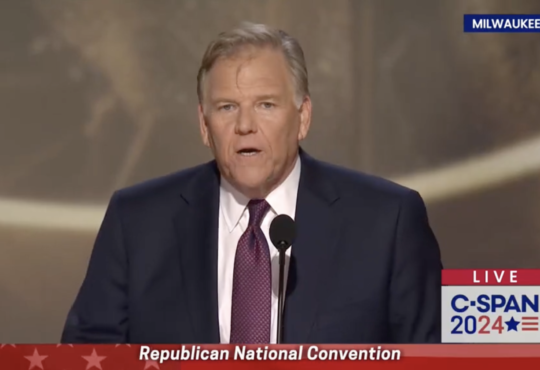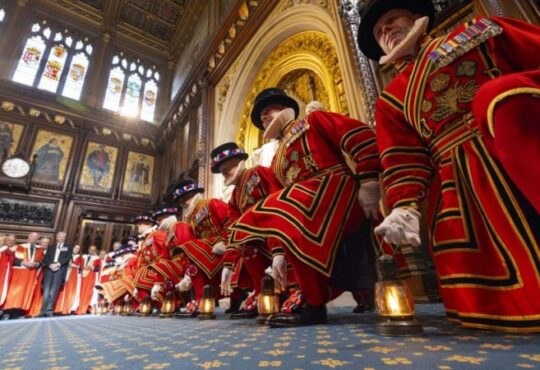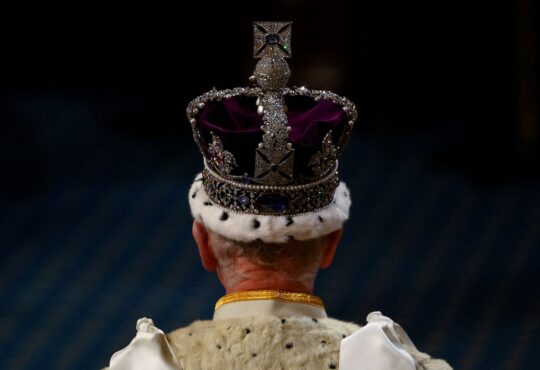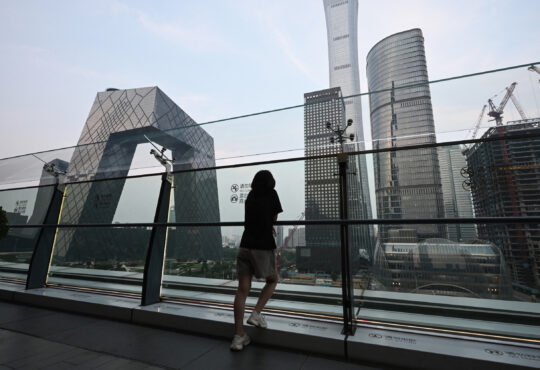
By Ann Saphir
CHICAGO (Reuters) -Chicago Federal Reserve Bank President Austan Goolsbee said on Thursday the U.S. economy looks like it is back on track to 2% inflation after a bump up earlier this year, suggesting he is gaining confidence the time will soon be ripe to cut interest rates.
“My view is, this is what the path to 2% looks like,” Goolsbee told reporters in a group interview at the bank.
A government report earlier on Thursday showing consumer prices unexpectedly dipped in June from May was “excellent” news and along with May’s reading suggested stronger-than-expected inflation prints in January were just a “bump in the road” rather than a reversal of progress, he said.
Thursday’s report also showed a long-awaited easing in housing and rent inflation that he said was “profoundly encouraging.”
Goolsbee declined to say whether he would push for a rate cut when the Fed next meets to decide on policy on July 30-31.
However, he did say that for the Fed to hold the policy rate steady in the 5.25%-5.5% range, as it has done since last July, effectively means the central bank is increasingly putting the brakes on the economy.
“By not moving, we are tightening … and it’s starting from a level of restrictiveness that is as high as it’s been in decades,” Goolsbee said. “The reason to be as restrictive as that and the reason to tighten in real terms would be if you thought the economy was overheating. This is not in my view what an overheating economy looks like.”
The labor market is cooling, though still strong, he said, adding it does not feel like the beginning of a recession.
Goolsbee said he does see some warning signs the economy is slowing, including a rise in the unemployment rate to 4.1% last month, and an uptick in delinquencies.
But because the pandemic upended the economy, he said, it is difficult to know exactly what those warning signs may foretell.
What is clear, Goolsbee said, is that financial conditions are “pretty restrictive” and that by holding rates steady even as inflation falls the Fed is “undeniably” tightening policy.
Once the Fed delivers its first rate cut, he said, the decision to follow that move with more rate cuts and if so at what pace will depend on the data.
“I’m not a fan of pre-committing or tying our hands,” he said.
(Reporting by Ann Saphir; Editing by Jamie Freed)






